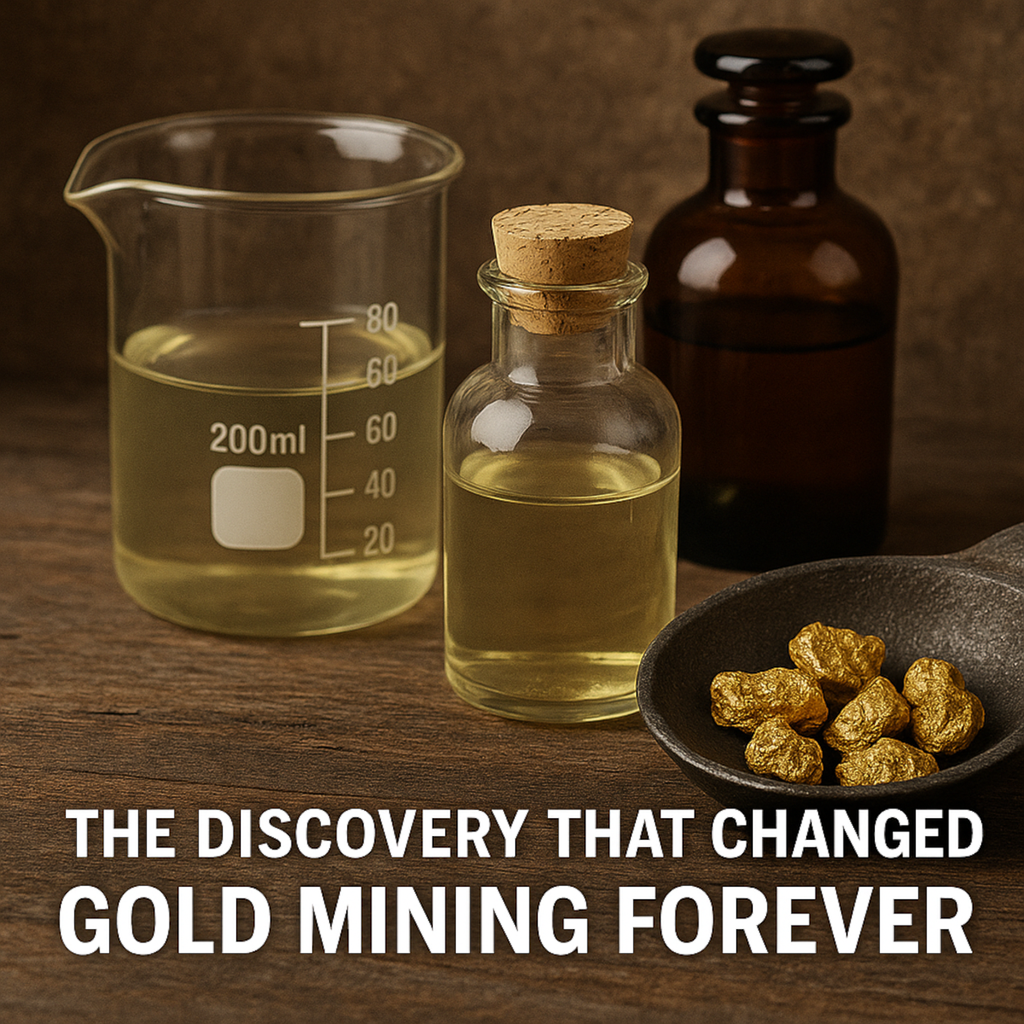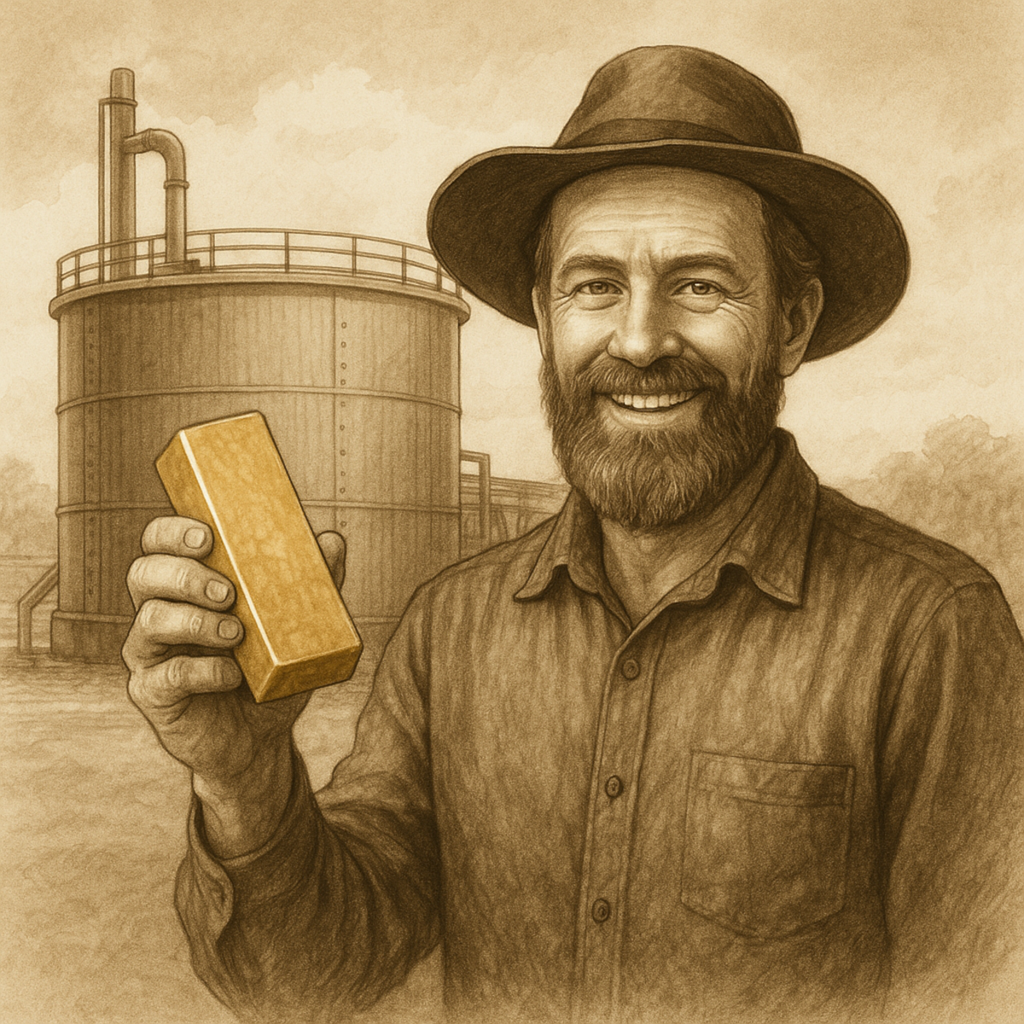The Second Gold Rush That Changed Gold Mining Forever
In the late 19th century, gold recovery was revolutionized by a chemical breakthrough: cyanide leaching. Before this innovation, miners could only extract gold efficiently from rich, visible ore. Fine gold locked in sulfides or low-grade ores was often discarded as waste.
That changed in 1887, when Scottish chemists John MacArthur, Robert, and William Forrest patented the cyanide process. This method allowed gold to be dissolved from crushed ore using a dilute cyanide solution—a far more efficient and scalable process than mercury amalgamation or gravity separation.
The impact was immense. Cyanide made low-grade deposits economically viable, triggered global gold rushes, and remains at the core of gold mining operations today. While effective, the process also raised new environmental and safety concerns, leading to modern regulations and alternatives like thiosulfate and glycine leaching.


